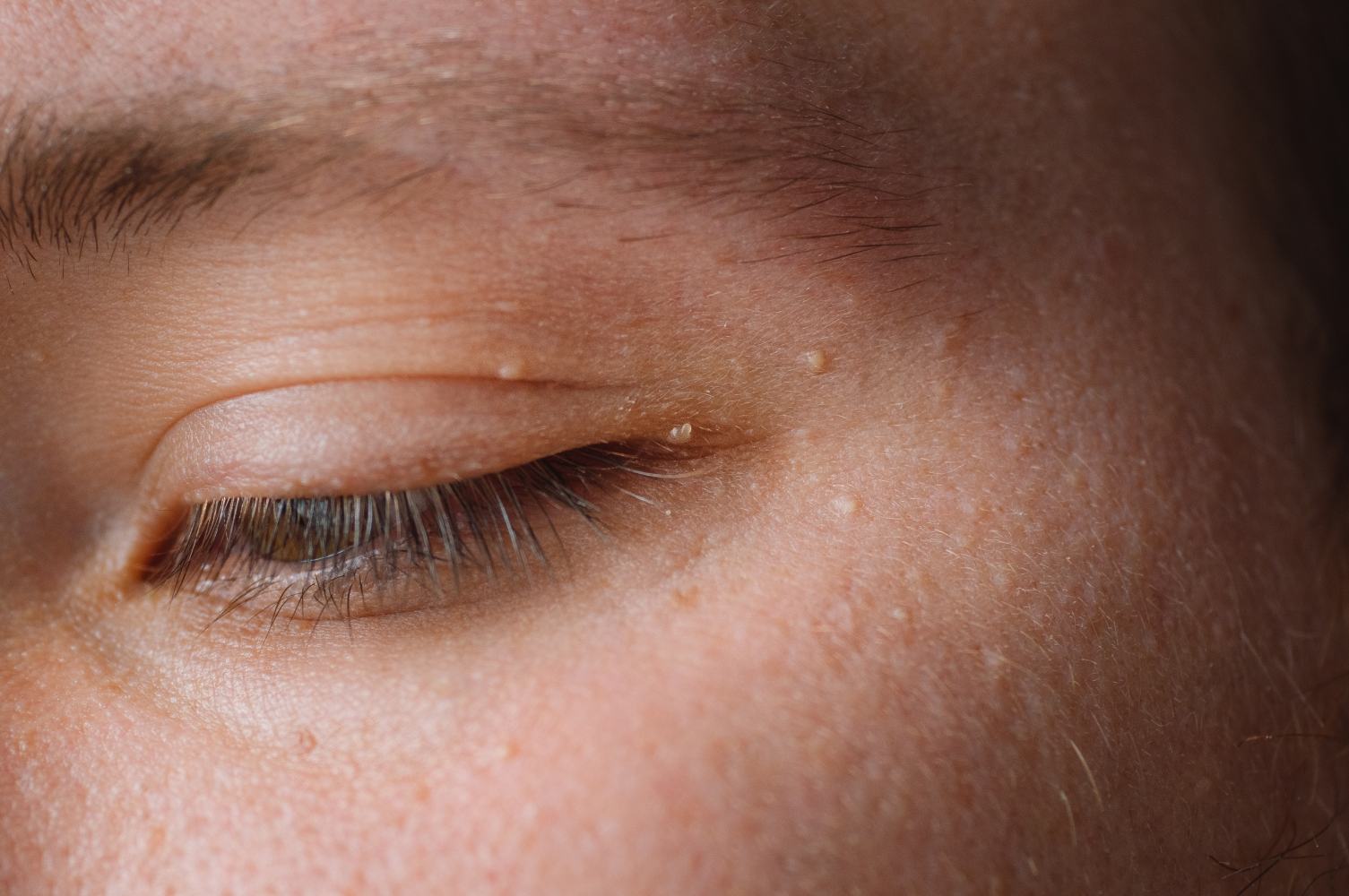
Milia, often colloquially referred to as “milialar,” is a skin condition that can affect individuals of all ages, from newborns to adults. These tiny, pearly white cysts appear on the skin’s surface and are often mistaken for whiteheads or acne. In this comprehensive guide, we will delve into the intricacies of milialar, exploring its causes, symptoms, diagnosis, and effective treatment options.
What is Milialar? Unveiling the Mystery of Milia
Milia, or milialar, are small, superficial cysts that form when dead skin cells become trapped within the skin’s pores. Unlike acne, which is caused by excess oil and bacteria, milia develops when keratin (a protein found in the skin) gets trapped beneath the surface. These tiny cysts typically appear as small, white, or yellowish bumps on the skin and are commonly found on the face, especially on the cheeks and around the eyes. You also may like to know about Imacion
Understanding the Causes and Symptoms
Causes:
- Skin Cells and Pores: Milia develop when dead skin cells become trapped in the pores, leading to the formation of cysts.
- Newborns and Infants: Milia are common in newborns and infants due to the still-developing sweat glands and the presence of maternal hormones.
- Keratin Buildup: The accumulation of keratin on the skin’s surface can contribute to milia formation.
- Trauma: Skin trauma, such as burns or injuries, can trigger the development of milia.
- Genetics: Some individuals may be genetically predisposed to developing milia, making it a hereditary condition.
Symptoms:
- Small, white or yellowish bumps on the skin.
- Typically found on the cheeks, nose, and around the eyes.
- Painless and usually not associated with redness or inflammation.
Diagnosis and Differentiation from Other Skin Conditions
Dermatologists can easily diagnose milia through a visual examination of the affected skin. It is crucial to differentiate milia from other skin conditions such as acne, as the treatment approaches differ. Milia are often distinguished by their small size, lack of inflammation, and distinct appearance. In some cases, a skin biopsy may be performed for confirmation. You may also like to know about Kecveto
Effective Treatment Options for Milialar
1. Gentle Exfoliation:
Regular exfoliation can help remove dead skin cells and prevent the buildup of keratin. However, it’s essential to use mild exfoliants to avoid irritation.You also may like to know about Imacion
2. Skincare Products:
Incorporating skincare products containing alpha hydroxy acids (AHAs) or retinoids can be beneficial in promoting cell turnover and preventing milia formation.
3. Chemical Peels:
Dermatologists may recommend chemical peels to exfoliate the skin and encourage the shedding of dead skin cells, reducing the likelihood of milia.
4. Extraction by Dermatologist:
In some cases, a dermatologist may use a sterile needle or lancet to extract milia. This procedure should only be performed by a qualified professional to avoid scarring or infection.
5. Prevention Measures:
- Avoid heavy, pore-clogging skincare products.
- Keep the skin clean and well-moisturized.
- Protect the skin from excessive sun exposure.
Understanding the Role of Genetics and Other Risk Factors
Genetics play a significant role in the development of milia. Individuals with a family history of milia may be more prone to this skin condition. Additionally, certain skin diseases, trauma, and prolonged exposure to environmental factors may increase the risk of milia formation. You may also like to know about Peso Pluma Height
The Impact of Milialar on Skin Health and Appearance
While milia themselves are harmless and painless, their presence can affect the overall appearance of the skin. Individuals with milia may be more prone to developing acne, as the cysts can block pores and create an environment conducive to bacterial growth. Proper skincare and early intervention are essential to maintaining healthy, clear skin.You also may like to know about Eugenio Pallisco Michigan
Investing in Skincare Knowledge to Combat Milia
Enhancing one’s skincare knowledge is crucial in preventing and managing milialar. Understanding the causes, symptoms, and effective treatments empowers individuals to make informed decisions about their skincare routine. Regular consultations with dermatologists can provide personalized guidance based on individual skin types and conditions.
Conclusion:
In conclusion, milialar, or milia, is a common skin condition that can affect individuals across age groups. By understanding the causes, symptoms, and effective treatment options, individuals can take proactive steps to maintain healthy and clear skin. Whether it’s through gentle exfoliation, skincare products, or professional interventions, addressing milia requires a tailored approach. By investing in skincare knowledge and adopting preventive measures, individuals can confidently navigate the milialar maze and embrace healthier skin.
